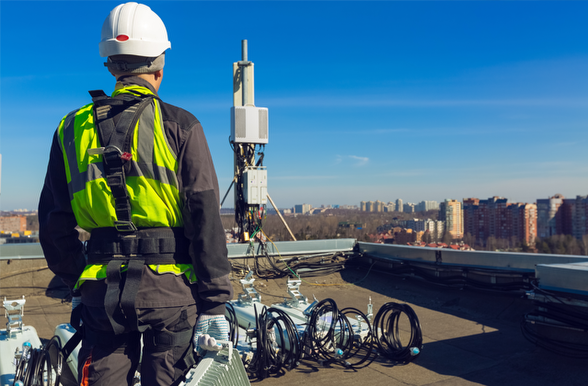Reducing energy consumption is rapidly becoming one of the top priorities for telcos as much of the network power usage comes from 24/7 always on RAN sites. Open RAN, with its open platform and vendor-neutral hardware standards, is seen as an enabler for more energy efficient networks. Precision Liquid Cooling will help accelerate adoption by making game changing reductions in power consumption while maintaining or enhancing data center density

With thousands of sites in remote locations, servicing Far Edge devices across a telco network is costly and minimizing on-site maintenance is key. Precision Liquid Cooling significantly lowers component failures as it doesn’t require server fans, the dielectric fluid reduces thermal stress, and the enclosed chassis makes the units impervious to gases, dust, and humidity. All of this extends the server lifecycle, eases serviceability and drives down maintenance costs. In addition, Out of Band Management (OOBM) enables remote monitoring of the health of the server from a single location.

Innovation and agility are key for telco providers as they look to maintain a competitive edge at the Telco edge. The exponential growth of data-hungry applications, like IoT, augmented reality, and 5G, which require low-latency, high-bandwidth connectivity is driving demand for new edge solutions. This combined with the need to deliver real-time processing power and data analytics closer to end-users - and their expectations for seamless, uninterrupted connectivity – is shaping the future of telecommunications.
